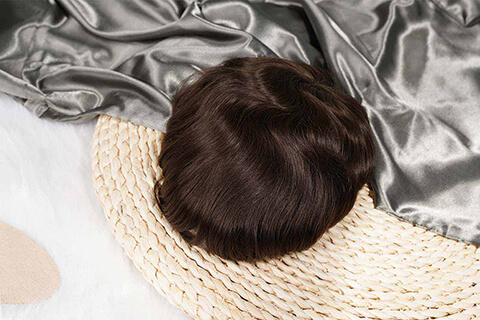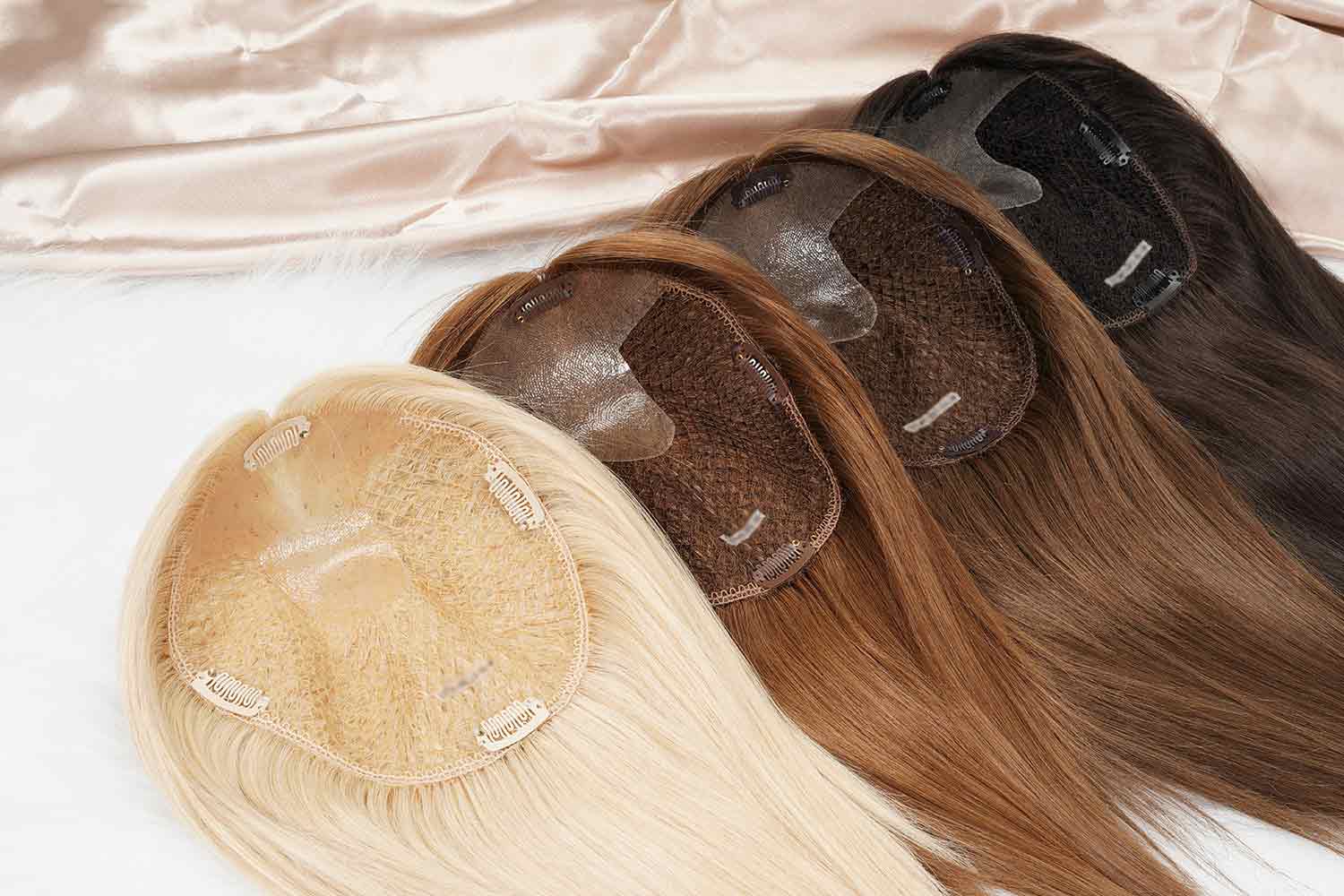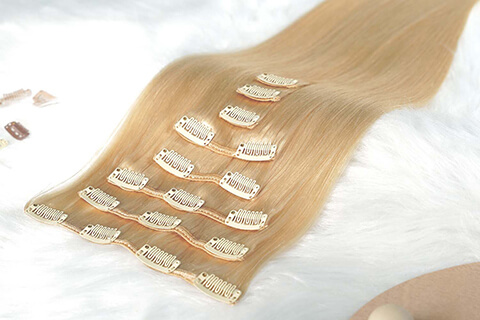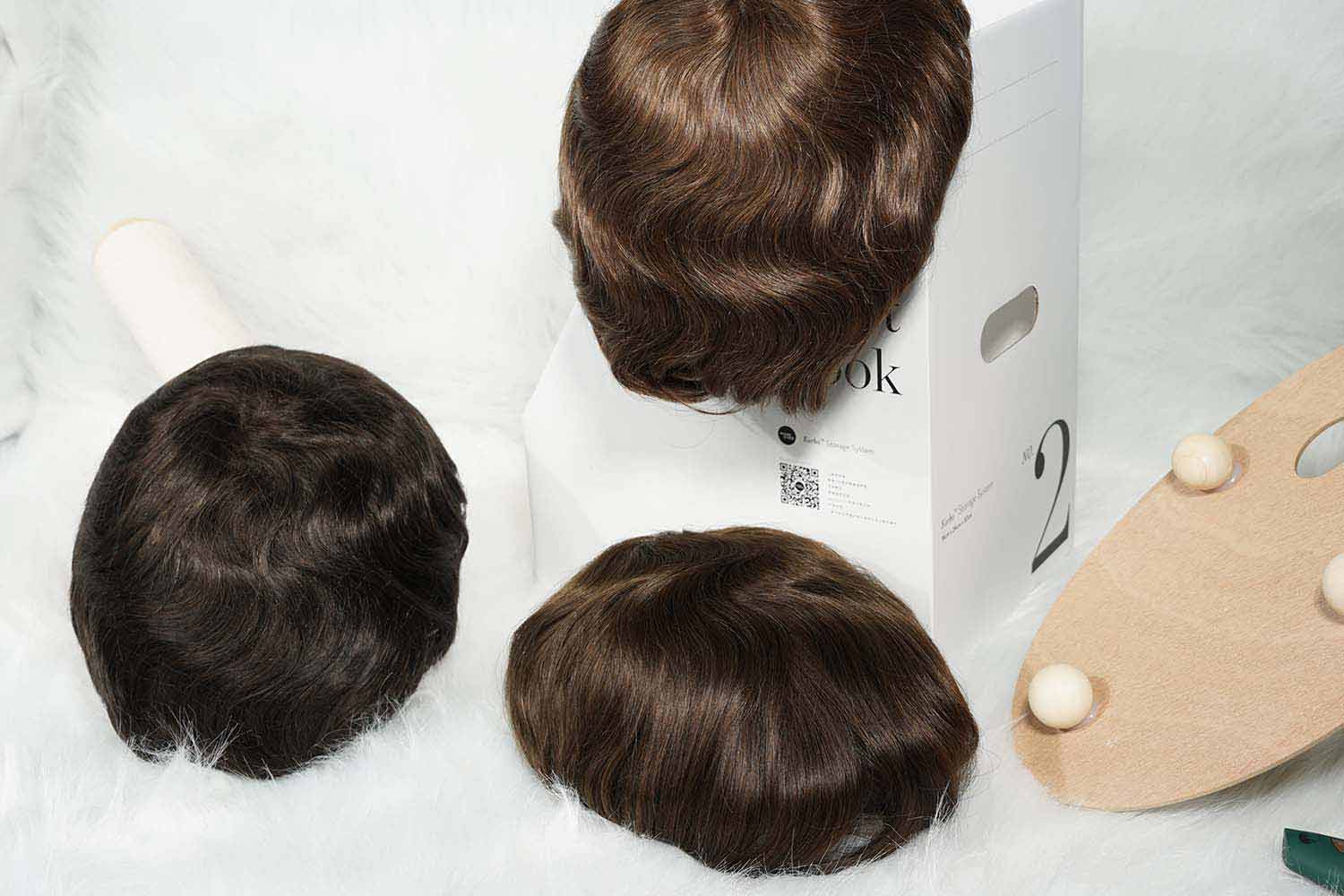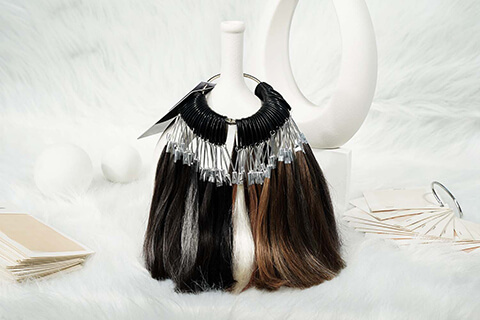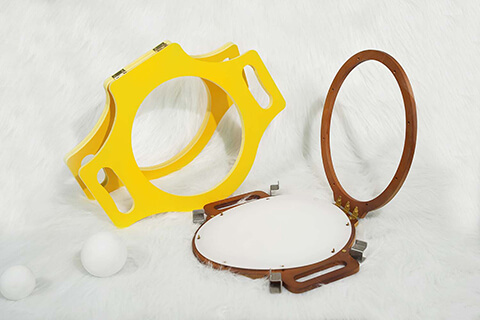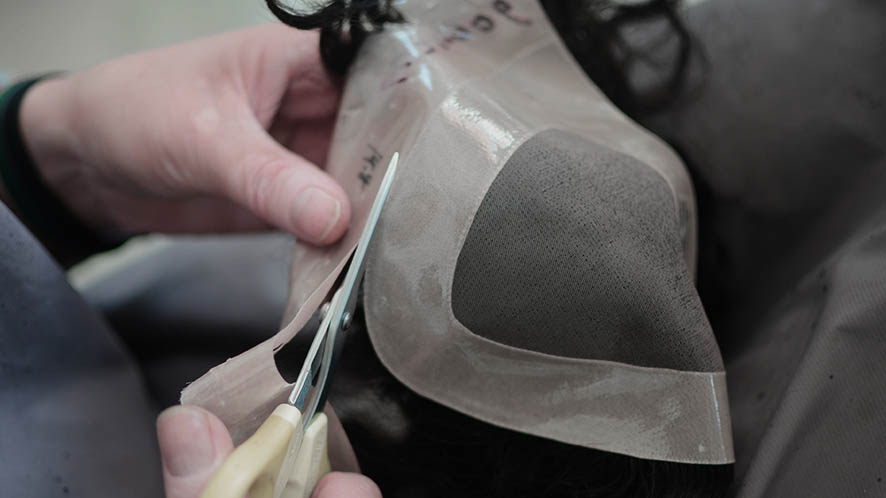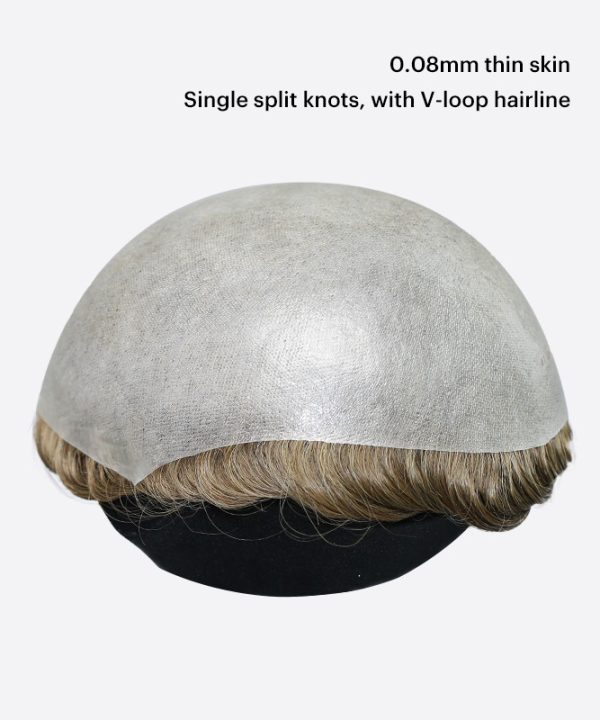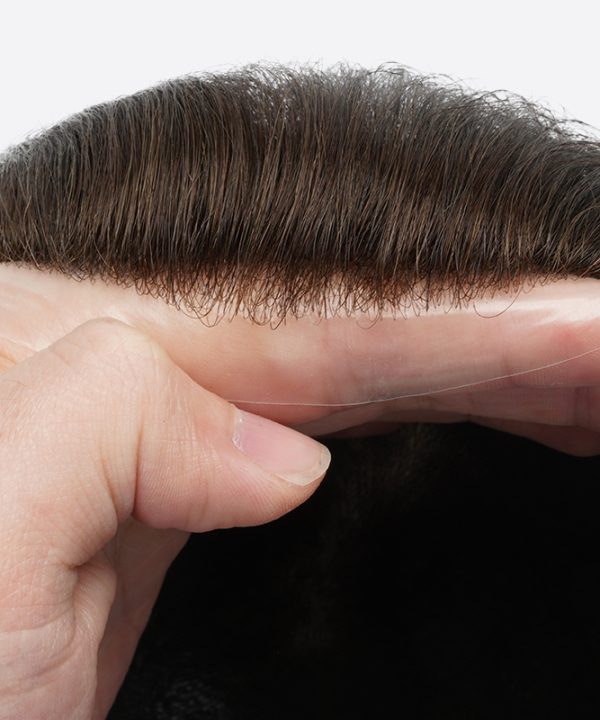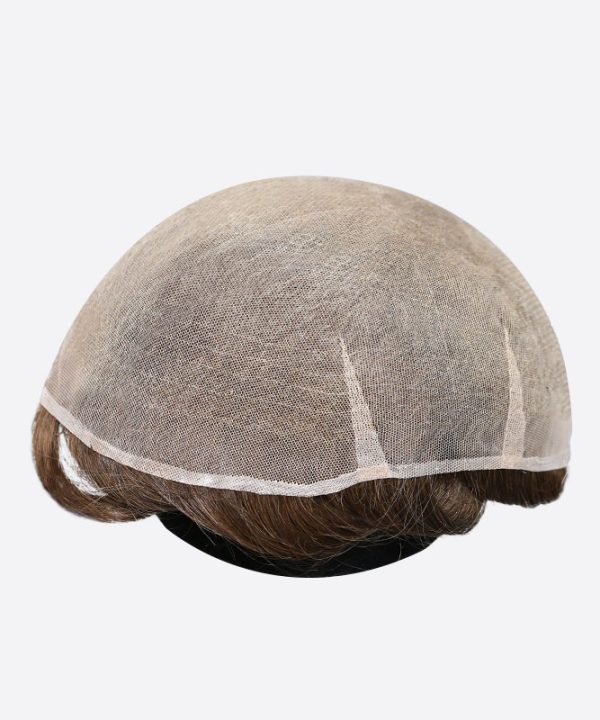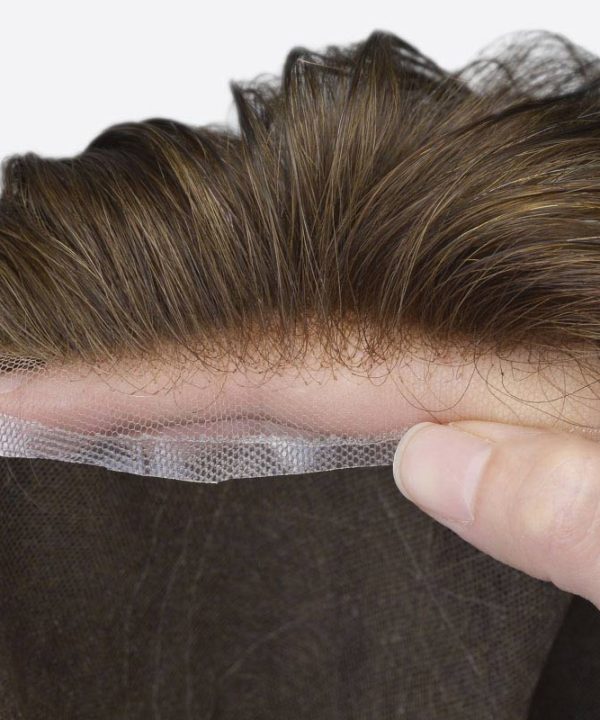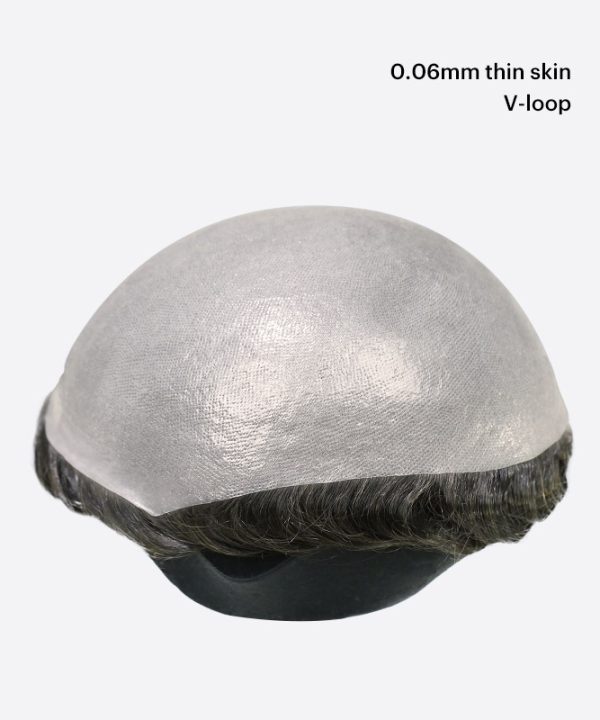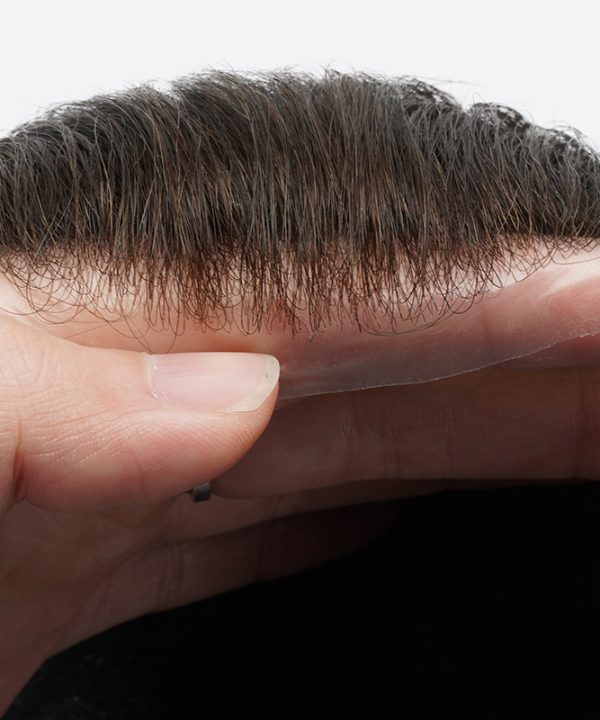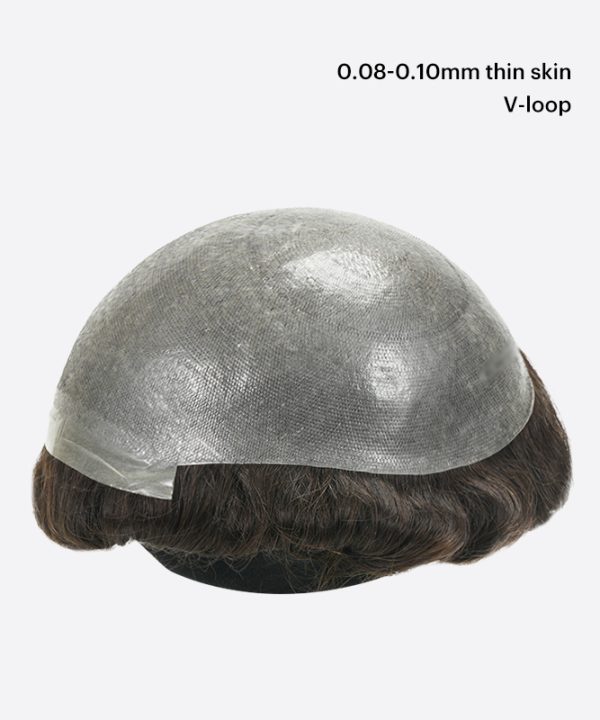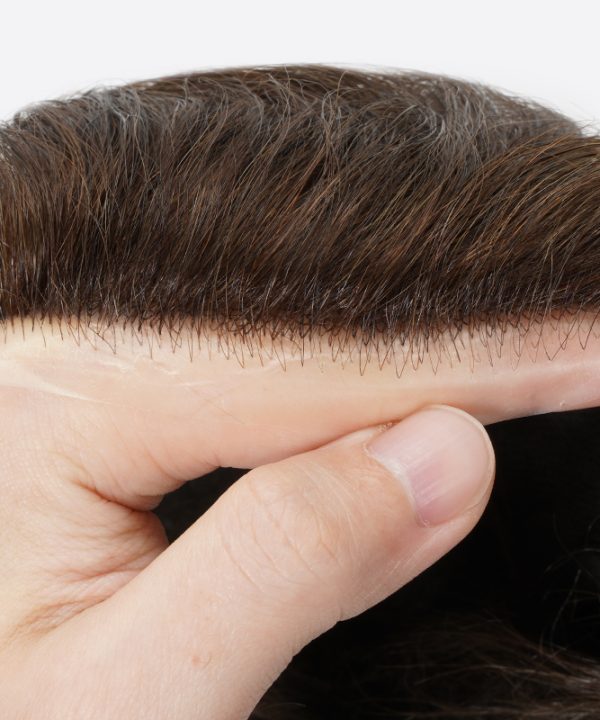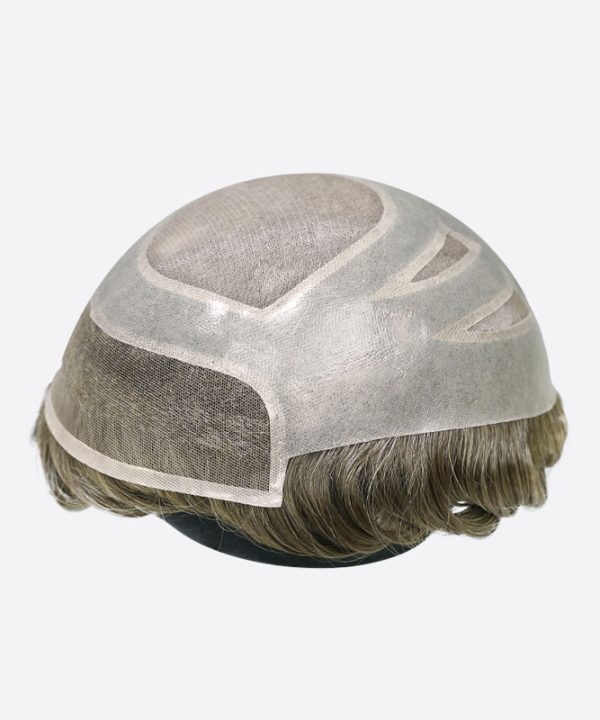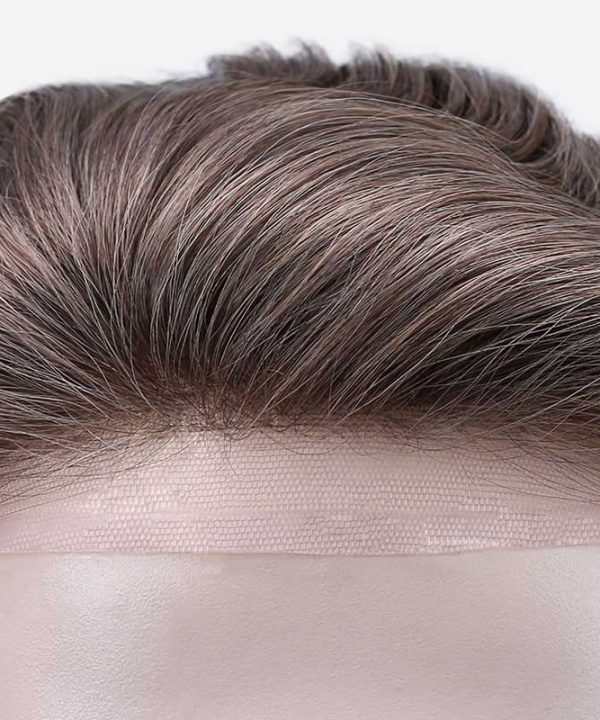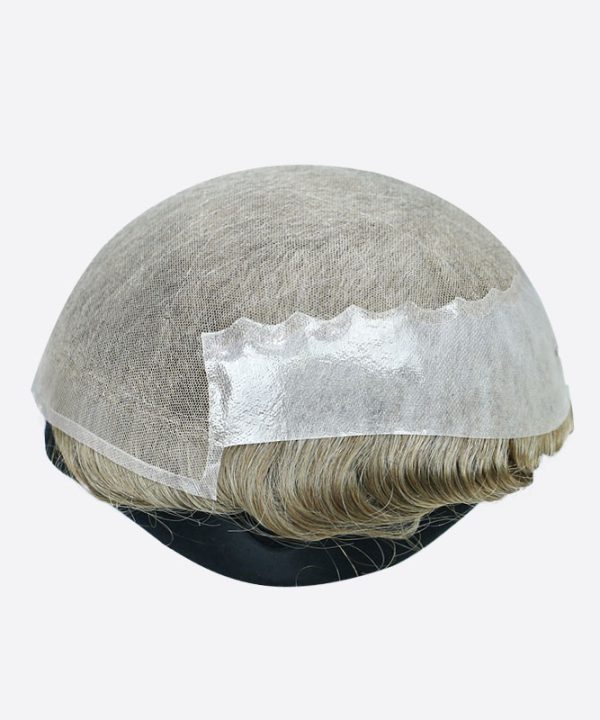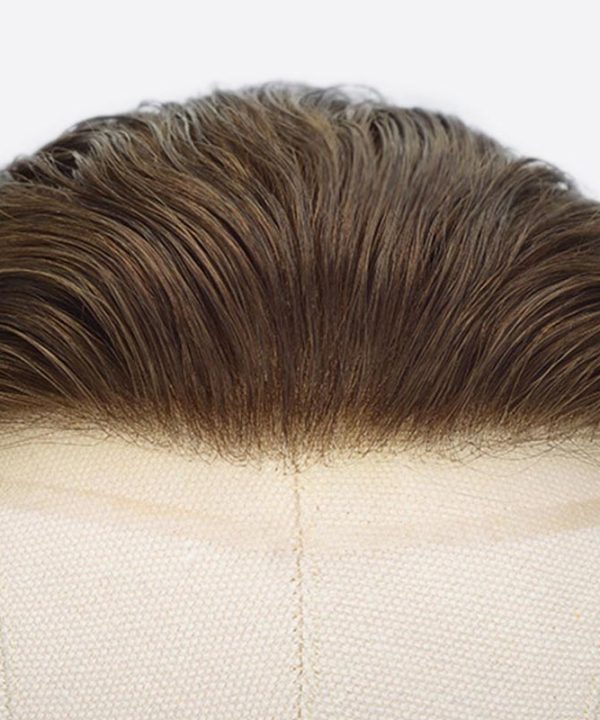No products in the cart.
Training
Wondering how to cut a toupee?
- Introduction
The objective of this blog post is to inform the reader on the reason, methods and benefits of cutting a toupee right. The correctly cut a toupee benefits the wearer by providing a completely undetectable and perfectly looking head of hair, precision, time and care is what is required for each toupee when cutting to the right size.
- How to cut a toupee base
Cutting the right size is a common issue for stock toupees. Unlike the perfectly fitted custom toupees, usually, stock hair systems only come in one shape and one size. Most hair system manufacturers make the standard size of width 8” x length 10” with a front contour shape of CC, decided and chosen so it can fit everyone once altered by cutting, which means the size of the stock base is a little larger than that of the scalp of most end-users.
It should not be a problem for the experienced specialist, but for the beginner who is just starting in the industry of non-surgical hair replacement systems, how to cut a toupee is a critical question. Let’s check it out.
How to cut a stock toupee
- Cutting off the excess poly
- Cutting off the excesslace/welded mono
- Cutting to size, according to data/toupee template
How to cut a custom men’s toupee
- cutting off the excesspoly/lace/welded mono
- Cutting Off Excess Base Material Poly/Lace
Both stock and custom toupees come with an excess base material around the perimeter that needs to be cut and altered to the wearer’s scalp. As straight forward as it may seem, our clients are constantly asking us of how they can improve their cutting skills, so we hope this helps both them and you.
This is how to cut the excess base on the perimeter of a hair system correctly:
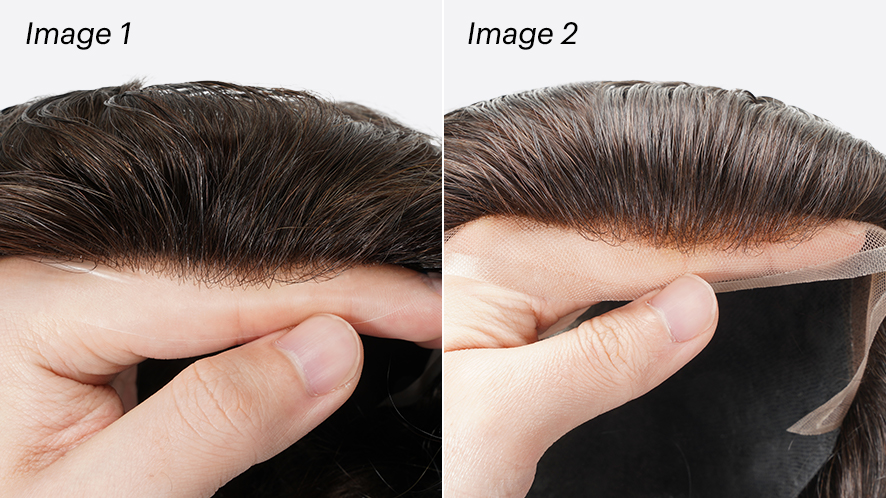
Dentify how much of the base is excess base material, avoid cutting any material that has hair attached to it.
Method 1: Beginners:
Place your Index finger under the excess base (shown in image 1) and with your thumb above the excess material. Push the hair back to give a clear understanding of how much of the base is extra unneeded material.
From there, cut a straight line from the edge of the perimeter upwards towards the edge of where the hairline starts. Move roughly one inch away from this slit and what should appear is a rectangular shape, continue this process all the way around the perimeter.
Next, bend each rectangular men’s hairpiece and cut it off horizontally ensuring that the point at which the excess base men’s hair piece is bent is just below the hair line, do not cut anything further than the hair line. Repeat all the way round, once all the excess lace/poly is off it should look like this:
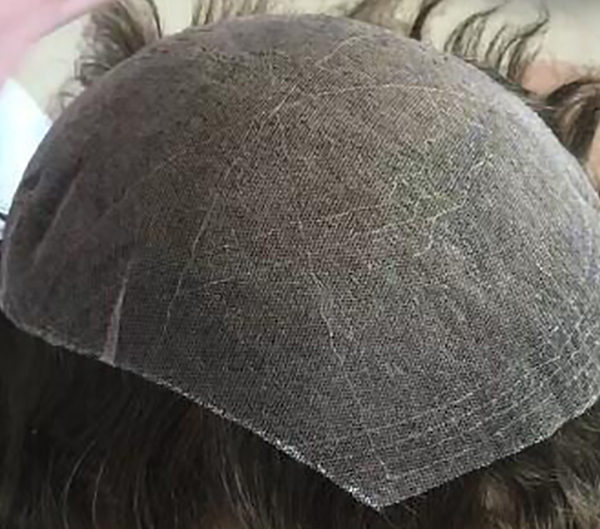
Alternatively, Method 2:
The best way to display a hair system is on a mannequin, eventually many specialists will have mannequins on hand. If you do, then cutting the excess poly from around the base will not only be easier but more accurate.
Place the hair system with the base facing up, onto the top of a mannequin, use a pin to hold the toupee to the mannequin. Then cut the excess material off all the way around, avoid damaging or cutting any hair.
Go over any edges of the perimeter ensuring a full round finish ensuring a better and more natural front hairline.
4. Cutting to Size
Tool/Equipment Lists:
Tape Ruler, Hair System Template, Washable Marker, Styrofoam Head, T-Pins, Mount and Scissors
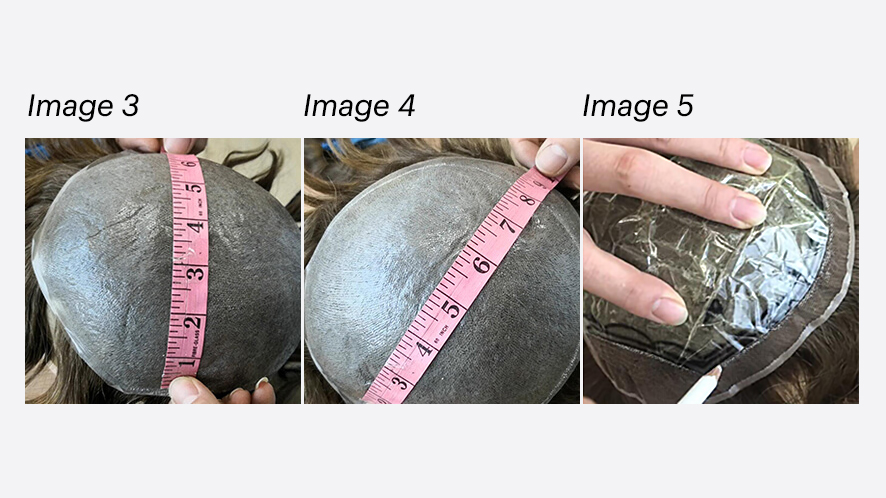
Step by Step:
First, place the hair system on the Styrofoam head with the bottom side (Base) facing up.
Second, use T-pins to fix the hair system to the Styrofoam head. Note: If it’s a Thin Skin based toupee, be sure not to pin directly on the skin/poly, the holes on the base will be easy to tear. The right way is to pin the hair around the poly edge.
Thirdly, mark the shape and size that is going to be trimmed with a washable marker pen. To make this process easier, use the wearer’s template. The toupee template includes the important data that provides for width, length, shape and front contour.
Our stock toupee has the most common front contour shape CC. If there is no template, and if the wearer needs another front shape, such as the sharper A, you could use the front contour tape as a hair system template to draw the contour line on the base.
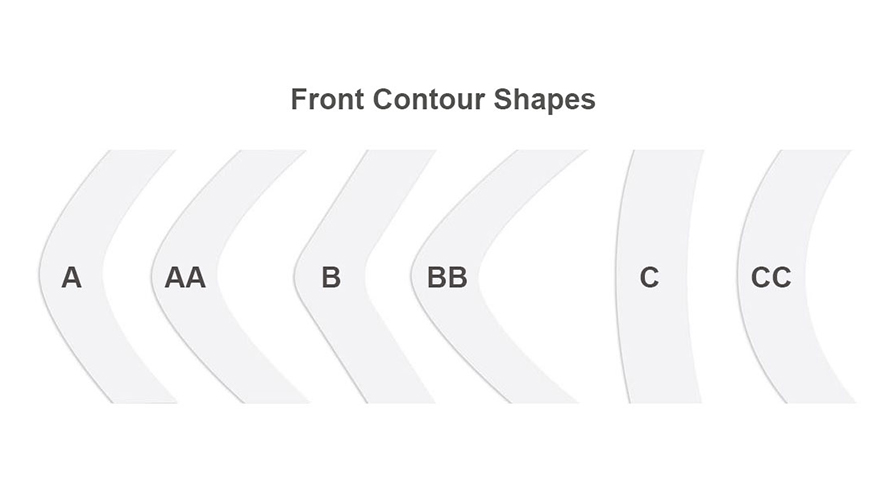
Fourth, part the hair in line with the drawn line and cut along the marked route.
Note: Be sure that there is no hair between scissor and the base. A handy tip to remember is that if you can see the edge of the scissor through the base, it means no hair between the scissor and base.
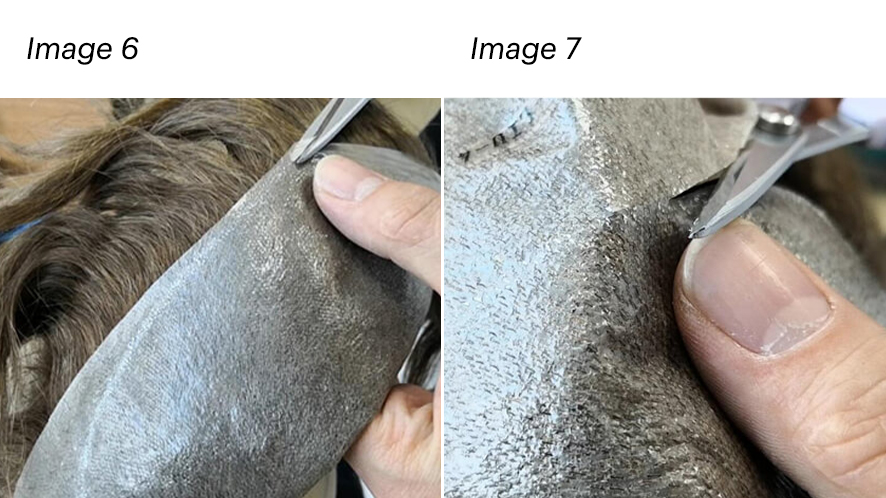
Images 8 and 9, how to cut in a men’s hair system correctly? as shown below, indicate the right and wrong finish types. If there is any hair between the scissor and base, once completed it will be obvious, you will find short hairs and stubble around the edge.
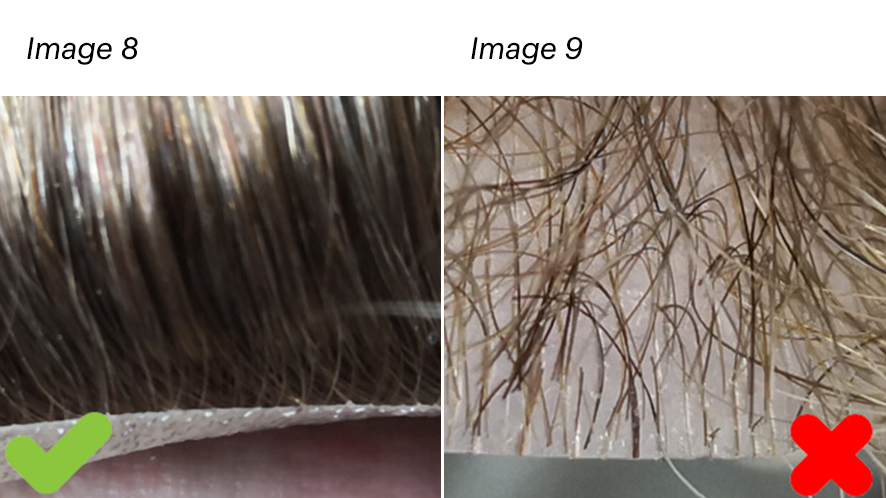
Here’s an example of a perfectly cut Thin Skin Toupee or Hair System Base, shown in Image 10.
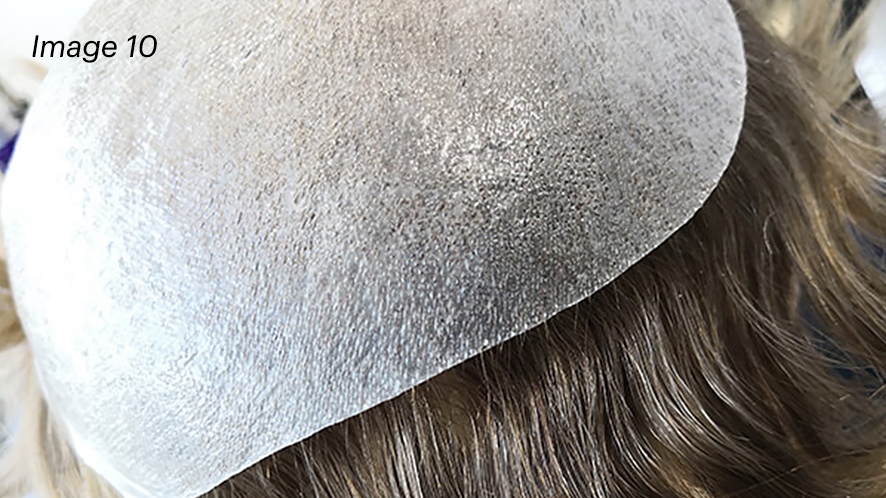
Finally, If the scalp size of the wearer is small, when cutting the size of a Stock Hair Toupee, you may face this uncertainty keeping the front hairline or keeping the crown. This point is often missed, even by some experienced specialist.
Most of our stock toupee is in size of 8×10”, and the crown is about 6.5” to the front hairline. When the scalp length is equal to or smaller than 6.5”, it means not possible to keep both natural front hairline and the crown.
The hair direction of mens stock hair systems chosen is the ‘freestyle’ look, shown on Image 11. If the scalp size is smaller than 6.5 inches length and if the wearer would like to keep the front hairline, the finished cutting down a stock hair system will have no crown and the hair direction trends more to the front.
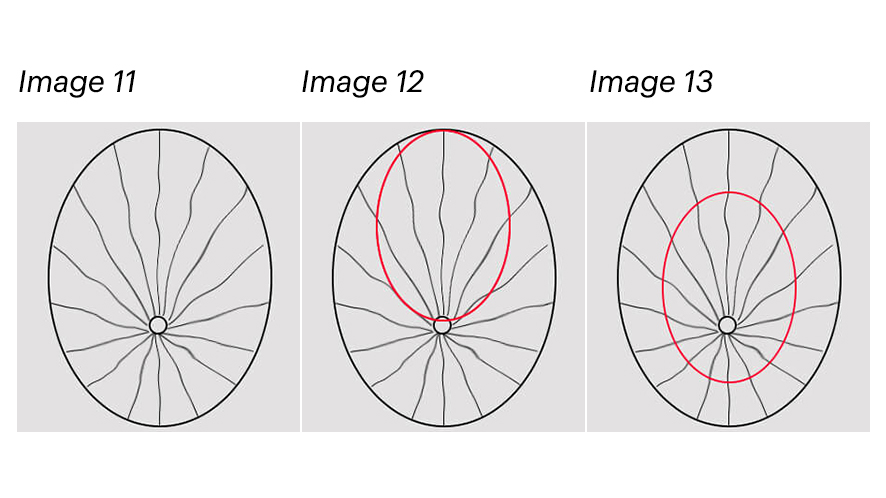
The front hairline is a vital part of ensuring the invisibility and naturality of a toupee. For the front hairline of a stock toupee, to make it more natural and invisible, some special technics will be applied (such as Single strand knotting, bleaching knots, zig-zag knotting, graduated density). If the scalp size is too small and the wearer still wants to keep the crown, the natural front hairline will have to be cut off.
Depending on the personal needs of the end-users, some wearers only have hair loss on the small front area. At this situation, it is no need to worry about the small scalp size, just keeping the front hairline of the stock toupee is a perfect solution.
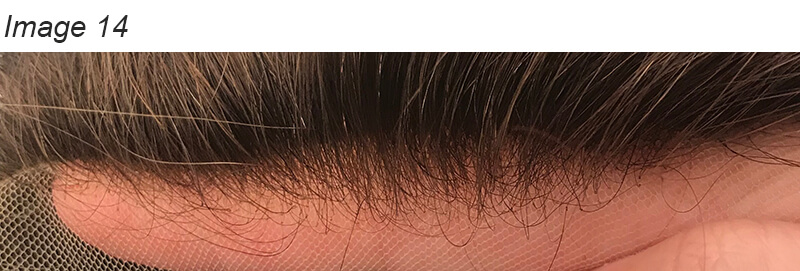
- Custom-Made Hair Systems Orders
At the last part, we would like to suggest you doing custom-made hair systems orders for your clients. Of course, stock toupee has many advantages. However, as we described above, men’s stock hair pieces could not meet needs of every end-users, even regardless of some special needs, such as exclusive hair colour shade, different hair density at various sections, the different grey percentage at different parts, and more. Just take the size, shape and contour, for example, custom toupees will fit the wearers better and provide a better wearing experience.
Some beginners who start this business may feel it’s challenging to place custom orders, without knowing how to start. There is a suggestion here. Choose some stock toupees of several different base design as the beginning. To understand and to try to find out which base design fit your market better, for each market is different. Then using this base design to place a custom order. When the base design is confirmed, the other things are easy. Here is the link of how to place a custom order. Just follow it step by step.
How to order custom hair systems
- Conclusion
Stock toupees have the apparent advantage that the end-user does not need to wait, and for you, the wholesaler or hair salon owner, there is no financial stress. However, to fit most end-users’ scalp size, stock toupees are usually manufactured a little larger. Knowing how to cut a toupee correctly can help to fit the wearer’s scalp precisely, having a natural look and at the same time preserving the advantages of stock hair systems.









